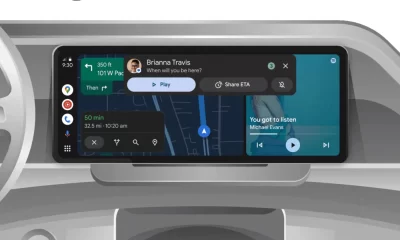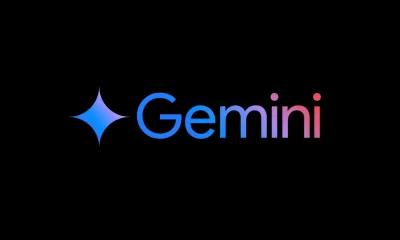Android
Google’s Tensor chips set for major efficiency boosts in Pixel 10 and 11, with 7-year Android update push for Snapdragon 8 Elite

Google’s next-generation Tensor chips, expected to power the Pixel 10 and Pixel 11, are gearing up for significant efficiency upgrades. According to recent reports, these improvements focus heavily on optimizing battery life and reducing heat generation—key pain points for previous Pixel models. The shift in Google’s chip strategy also aligns with a broader push for extended Android software updates, setting the stage for a more reliable and long-lasting Android ecosystem.
Big Efficiency Gains with Tensor G5 in Pixel 10
Google’s Tensor chip series, first introduced with the Pixel 6, has consistently improved over time, especially in terms of performance and energy efficiency. Yet, issues like battery life and heat dissipation remained prevalent in the Pixel 6, Pixel 7, and even the Pixel 8. While the Tensor G3 and G4 chips have shown some improvement, Google is still working to catch up to Qualcomm’s Snapdragon processors, which have long set the benchmark for power efficiency in Android devices.
Looking ahead, Google’s upcoming Tensor G5 chip, codenamed “Laguna,” is expected to focus primarily on enhancing efficiency rather than introducing massive performance boosts. Reports suggest that Google will move production away from Samsung’s foundry to TSMC, a decision that aligns with the use of TSMC’s 3nm N3E process, the same advanced technology behind Apple’s iPhone 16 Pro chips. This change alone promises a significant leap in energy efficiency, as TSMC’s processes have been proven to be more power-efficient than Samsung’s.
Tensor G6 for Pixel 11: Further Efficiency Gains with TSMC’s N3P Node
Following the improvements in the Tensor G5, Google is already planning for its Tensor G6 chip, which is expected to power the Pixel 11 series in 2026. This chip, internally codenamed “Malibu,” will reportedly use TSMC’s N3P node, a more refined version of the 3nm process. This upgrade could bring even more efficiency improvements to the Pixel 11, potentially making it one of the most power-conscious flagship smartphones on the market.
While performance details for Tensor G5 and G6 remain under wraps, Google appears focused on refining power consumption and heat management as key priorities.
Google’s 7-Year Update Plan for Android Phones
Beyond hardware improvements, Google is also leading the charge in extending Android software support. The company made waves by promising 7 years of Android updates for the Pixel 8 series, a major leap from the standard 3-4 years most manufacturers offer. Now, Google is aiming to push other Android manufacturers to follow suit.
Reports from Android Authority reveal that Google has introduced the “Longevity GRF” program. This initiative is designed to make it easier for manufacturers to provide long-term software support. A major hurdle for extended Android updates has been the limited support for chipsets from manufacturers like Qualcomm, which typically only offer software updates for their chips for a few years.
Google’s GRF (Google Requirements Freeze) program, implemented a few years ago, started to address this by allowing some Android updates to roll out without requiring new vendor software. However, this only extended support by three years, after which updates became more complex.
Longevity GRF: Paving the Way for 7-Year Android Updates
The new “Longevity GRF” program takes things a step further. It allows Android manufacturers to support up to 7 years of OS updates without needing to overhaul vendor software for every update. This simplifies the process of extending software updates on Android devices.
However, manufacturers will still need to update the Linux kernel, the core software that interacts with the device’s hardware, at least every three years. This is crucial for security purposes, as relying on older Linux kernels can make it difficult to implement security patches.
While the new program ensures that Android phones can receive longer software support, it may come with some trade-offs. Specifically, devices may not get access to certain new features introduced in future Android versions if those features require vendor software updates. For example, Android 12’s 2G toggle or Android 13’s flashlight brightness API needed updated vendor software to function, even if the main Android update had been installed.
Qualcomm’s Snapdragon 8 Elite: The First Chip to Support Longer Android Updates
One of the first chips to support the Longevity GRF program is Qualcomm’s Snapdragon 8 Elite, which is expected to feature in a range of high-end Android devices in the coming years. Though there hasn’t been an official announcement from Google or Qualcomm, the move signals a new era for Android, where long-term software support becomes the norm, even on non-Google devices.
As the landscape of Android evolves, Google’s push for longer update lifecycles—coupled with its focus on efficiency in its Tensor chips—could greatly improve user experience, ensuring that Android phones remain powerful, efficient, and secure for years after their release.
In conclusion, Google’s upcoming Tensor G5 and G6 chips for Pixel 10 and Pixel 11 are poised to bring major efficiency improvements, thanks to the switch to TSMC’s advanced 3nm process. At the same time, Google’s “Longevity GRF” program could reshape the Android ecosystem by pushing for longer software support across a wider range of devices, starting with Qualcomm’s Snapdragon 8 Elite. With these efforts, Google is setting the stage for more reliable, energy-efficient, and longer-lasting Android smartphones in the future.
Android
Easy ways to change Android Auto’s look with light and dark themes
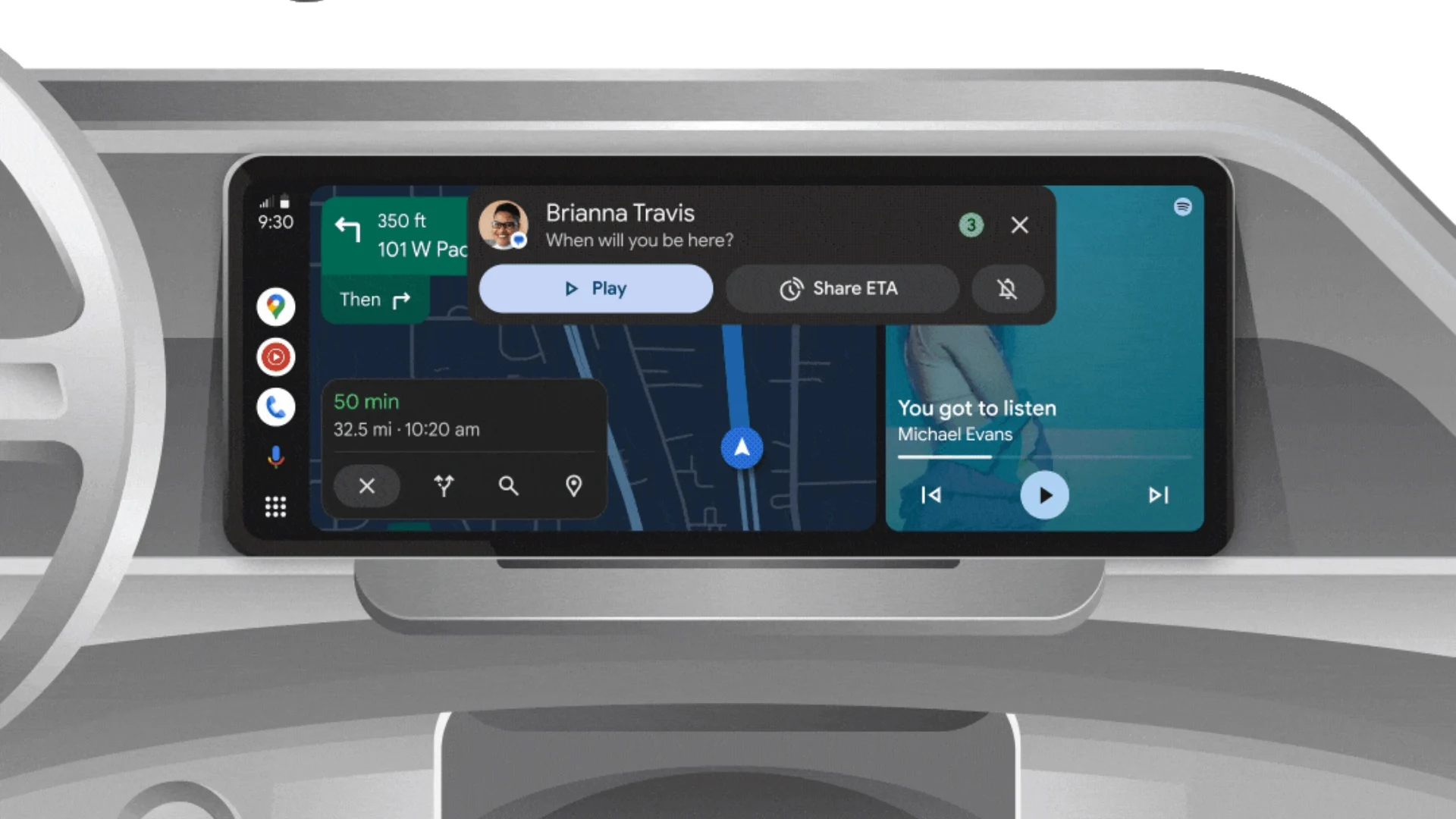
Android Auto is a helpful tool that lets you use your phone’s apps safely while driving. It connects your phone to your car’s screen, making it easier to use maps, music, and calls. One of the features many people like is the ability to change how Android Auto looks by switching between light and dark themes.
How to switch between light and dark themes
Android Auto offers two main themes: light and dark. The light theme uses brighter colors, which can make the screen easier to see during the day. The dark theme uses darker colors, which can be more comfortable for your eyes at night or in low light.
To change the theme, follow these steps:
- Open the Android Auto app on your phone.
- Go to the settings menu.
- Find the “Theme” option.
- Choose between “Light,” “Dark,” or “Set by car” (this lets your car decide the theme based on the time of day or your car’s settings).
Why themes matter
Using the right theme can make driving safer and more comfortable. The light theme is good for bright days, while the dark theme helps reduce glare at night. Having these options means you can pick what works best for you, making Android Auto easier to use in any condition.
In short, Android Auto’s theme options are simple to use and help you drive more safely by making the screen easy to see, no matter the time of day.
Android
Google’s New Updates: Gemini 2.5 Pro, Android 16 features, and Messages change

Google has just rolled out some exciting updates across its services and apps. Here’s a simple breakdown of what’s new and what it means for you.
Gemini 2.5 Pro is here
Google has launched Gemini 2.5 Pro, the latest version of its AI model. This upgrade brings smarter and faster responses, making it easier for users to get helpful answers. Gemini 2.5 Pro is now available in Google’s AI Studio and Vertex AI, so developers can build even better tools and apps using this technology.
Android 16 brings more customization
Android 16 is adding new ways to personalize your phone. One of the standout features is the ability to hide the clock on your lock screen, giving you a cleaner look if you want it. This is part of Google’s push to let users make their phones feel more unique. There’s also a new animation for the power button, making the experience smoother and more modern when you turn your phone on or off.
Google Messages removes the unsubscribe button
If you use Google Messages, you might notice that the “Unsubscribe” button is gone from some business messages. Google has removed this feature, so users now have to find other ways to stop unwanted texts. This change might make it a bit harder to manage spam, but Google hasn’t said why the option was removed.
What does this mean for you
These updates show that Google is focused on making its products smarter and more personal. Whether you’re using AI tools, customizing your phone, or managing your messages, you’ll see some changes that aim to improve your experience.
Android
Here’s what’s new with Google Keep and Android Automotive apps

Google Keep is getting a fresh look with the new Material You design, making it more colorful and easier to use on Wear OS smartwatches. The update brings bigger buttons and clearer text, so you can quickly jot down notes or check your lists right from your wrist. This makes Google Keep more handy when you’re on the go and don’t want to pull out your phone.
On another front, Android Automotive is improving how apps show information while you drive. Instead of opening full apps, you’ll see simple cards on your car’s screen that give you important details at a glance.
These cards help keep your focus on the road by showing things like music controls, navigation updates, or reminders without distractions. This new card system is designed to work smoothly with apps like media players and navigation tools, making your driving experience safer and more convenient.
Together, these updates show Google’s effort to make its apps smarter and easier to use in everyday life, whether you’re walking around with your smartwatch or driving your car. The focus is on clear, simple designs that help you get things done quickly without hassle.
In short, Google Keep’s new look on Wear OS and the smart cards in Android Automotive are small but useful changes that make tech fit better into your daily routine.
-

 Apps1 year ago
Apps1 year agoGboard Proofread feature will support selected text
-

 News1 year ago
News1 year agoSamsung USA crafting One UI 6.1.1
-

 Apps12 months ago
Apps12 months agoGoogle Contacts app testing new Besties Widget
-
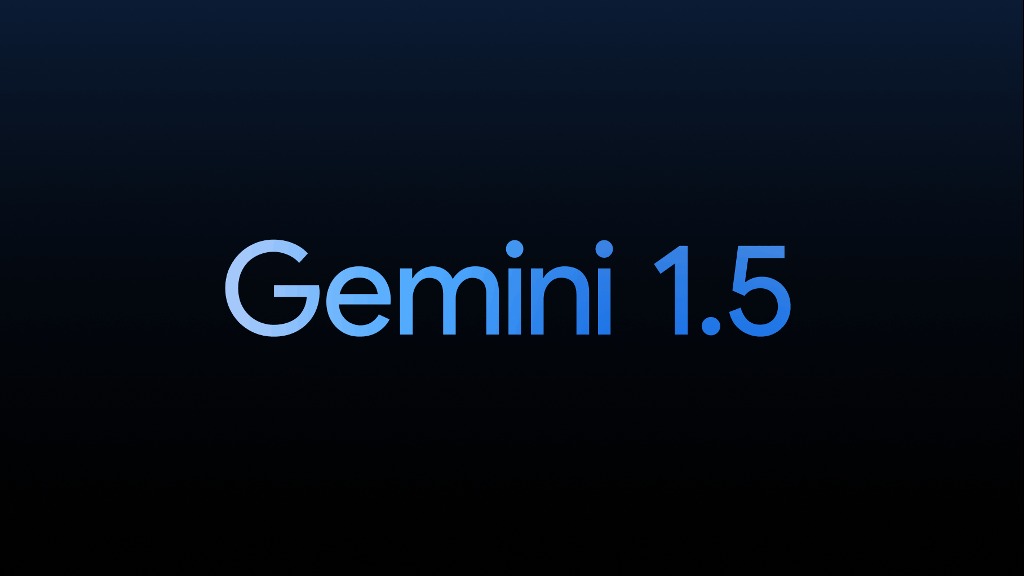
 AI12 months ago
AI12 months agoGoogle Pixel 9 Pro may come with a complimentary one-year Gemini Advanced subscription
-

 News1 year ago
News1 year agoBreaking: Samsung Galaxy S22 may get Galaxy AI features
-
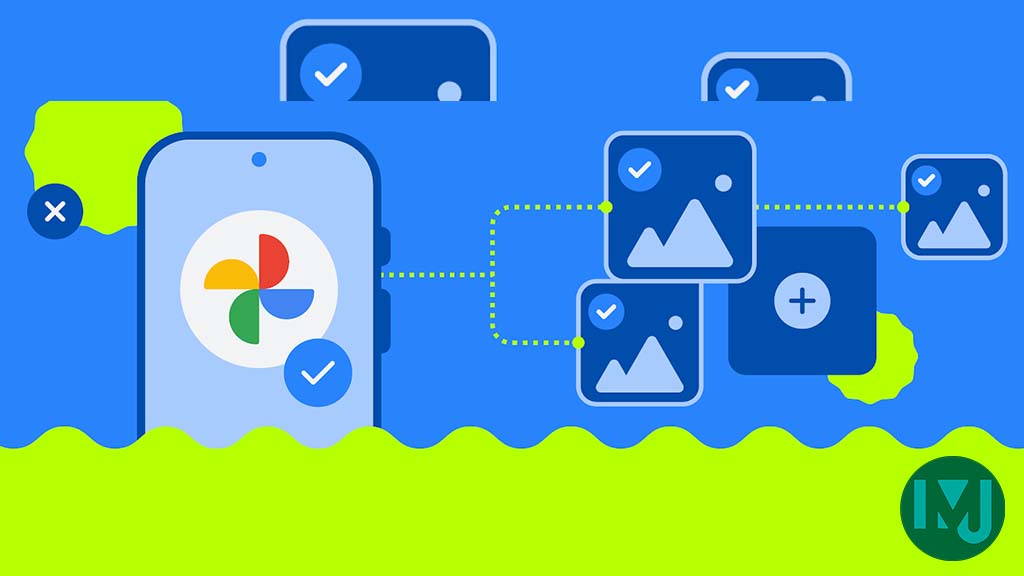
 Apps12 months ago
Apps12 months agoGoogle working on a new video editing feature for its Photo app
-
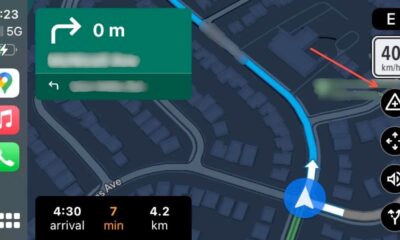
 Apps12 months ago
Apps12 months agoGoogle Maps lets you report traffic jams and accidents on Apple CarPlay, but not on Android Auto
-

 Apps12 months ago
Apps12 months agoGoogle Messages app will transform MMS chats into RCS



